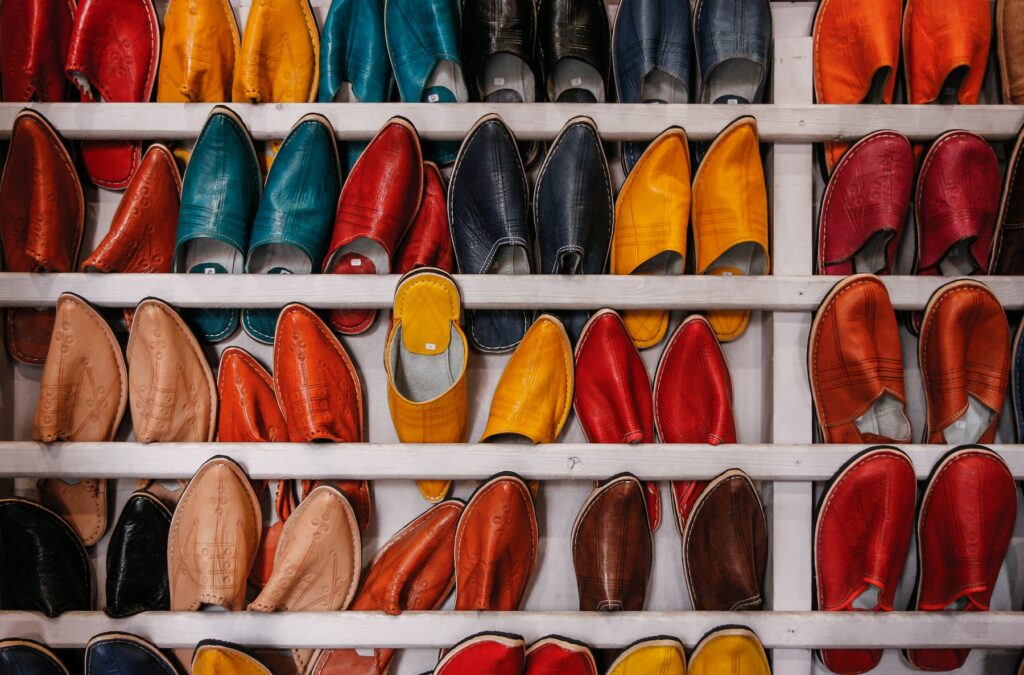![The ‘Giveaway Piggy Back Scam’ In Full Swing [2022]](https://www.cjco.com.au/wp-content/uploads/pexels-nataliya-vaitkevich-7172791-1-scaled-2-683x1024.jpg)

Transcending Visual Frontiers: Innovating Text-to-Image Technology with Artificial Intelligence

As Seen On
Amid the vastness of the digital cosmos, a vibrant star system is emerging with ever brighter luminance. The nexus of this constellation? Text-to-Image Generative Models. Empowered by Artificial Intelligence (AI), these engineering marvels are steadily transforming our visual narrative landscape, amalgamating technology and creativity like never before.
Introduction to Text-to-Image Generation
Zeitgeist-shaping AI technologies, harnessed for creating visual representations from textual descriptions, are not entirely new. However, the advent of text-to-image generative models heralds an evolutionary leap in the digitized manumission of creativity. These models bridge the cerebral hemisphere divide between language and visual representation to produce images straight out of textual cues.
The Exceptionality of Concept Lab
The bar-setting initiative in this revolutionary narrative is the Concept Lab. Known for its pioneering work in the sphere of AI, it is the progenitor of a unique text-to-image creation process. By transcending established boundaries of visual representation, it infuses novelty into its creations and maps uncharted territories in digital design and innovation.
Playing with Diffusion Prior Models
Akin to the indispensable array of brushes for an artist, Diffusion Prior models serve as the primary tools in text-to-image generation. Their strength lies in their ability to visualize new entities within expansive categories, thereby unlocking unlimited creative potential.
Token-based Personalization: The Game Changer
In the realm of bespoke visual creation, token-based personalization plays a neural role. By extrapolating meaningful visual elements from textual input, this feature allows a user to direct the artistic output. This journey, from the abstract to the concrete, is powered by algorithms that delve into the nuances of language, intuitively fusing the semantic linearity of text with the multidimensionality of images.
Decoding the CLIP Model
The Concept Lab uses the CLIP model as an optimizing tool for visual generation. With positive limitations acting as control knobs for the generation process, they contribute to the uniqueness of the final image. Conversely, negative limitations add an edge, preventing the model from veering off into unwanted creative tangents.
Prior Constraints: Innovation through Optimization
Optimization, traditionally perceived as an acute tool, has been transformed into a subtle medium. The team at Concept Lab, by ingeniously manipulating this medium, has further enriched it with a novel concept known as ‘prior constraints.’ This strategy guides and harnesses the boundless creativity of AI, leading to a controlled generation of unexplored content.
An Adaptive Model with Auxiliary Constraints
For an AI model to produce consistently original content, additional constraints are indispensable. The Concept Lab integrates an auxiliary Question-Answering model to provide these constraints, effectively preventing duplicate creations and continuously pushing the generation process towards novel output.
Pushing Creative Corners
The power of these adaptive constraints resides in their ability to push the model to explore unvisited zones of imaging possibilities, enhancing its inventive potential in unprecedented ways.
Previous Limitations as a Mixing Mechanism
Not all limitations prove restrictive. Turned on their heads, previous limitations employed by the Concept Lab serve as a mixing mechanism in the creation of original designs, contributing both to novelty and aesthetic appeal. Coupling various textual cues and concepts to form cross-bred images, these constraints give birth to totally unique hybrid concepts.
Wrapping Things Up
In closing, the realm of AI-powered text-to-image generation has come a long way since its inception. As we witness Concept Lab’s paradigm-breaking advancements — from Diffusion Prior Models, Token-based Personalization, and CLIP model to Optimization through Prior Constraints — it’s clear that we are only just beginning to explore the depths of this domain.
As we delve further into learning and inventing, the call to action is clear: harness the explosive potential of AI, explore the immense capacities of text-to-image models, and consider creative ways to leverage these technologies in digital design and beyond. For in this digital age, the future belongs to those who dare to imagine.
Casey Jones
Up until working with Casey, we had only had poor to mediocre experiences outsourcing work to agencies. Casey & the team at CJ&CO are the exception to the rule.
Communication was beyond great, his understanding of our vision was phenomenal, and instead of needing babysitting like the other agencies we worked with, he was not only completely dependable but also gave us sound suggestions on how to get better results, at the risk of us not needing him for the initial job we requested (absolute gem).
This has truly been the first time we worked with someone outside of our business that quickly grasped our vision, and that I could completely forget about and would still deliver above expectations.
I honestly can't wait to work in many more projects together!
Disclaimer
*The information this blog provides is for general informational purposes only and is not intended as financial or professional advice. The information may not reflect current developments and may be changed or updated without notice. Any opinions expressed on this blog are the author’s own and do not necessarily reflect the views of the author’s employer or any other organization. You should not act or rely on any information contained in this blog without first seeking the advice of a professional. No representation or warranty, express or implied, is made as to the accuracy or completeness of the information contained in this blog. The author and affiliated parties assume no liability for any errors or omissions.

